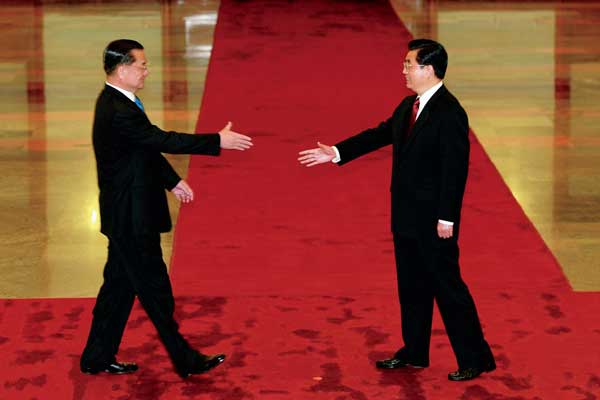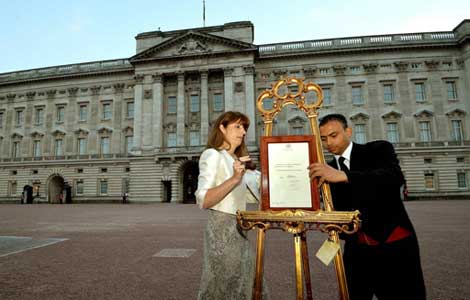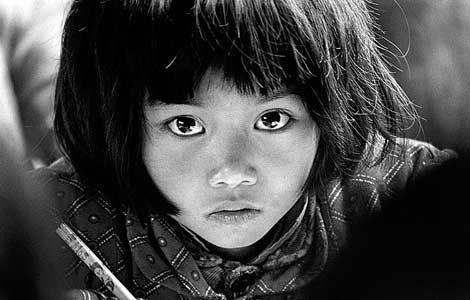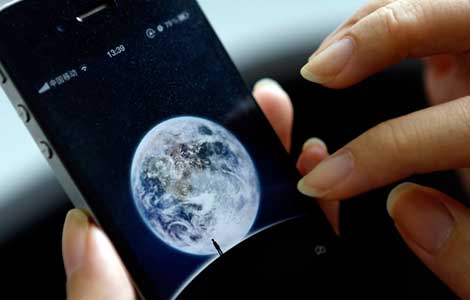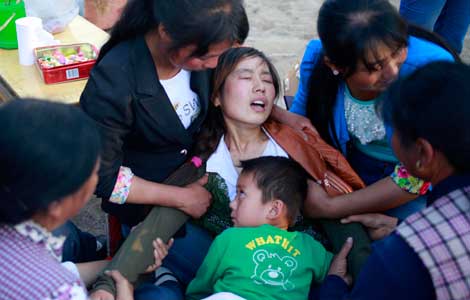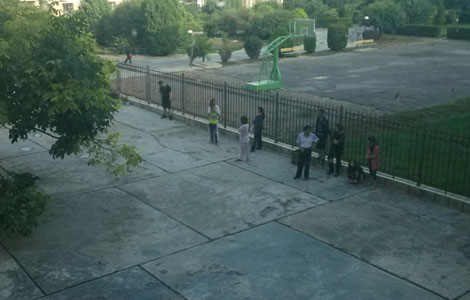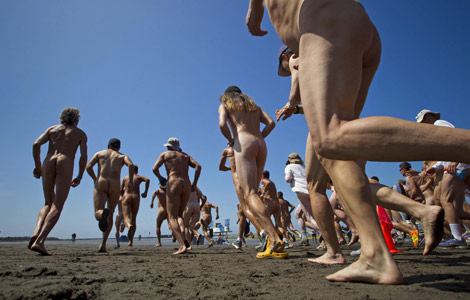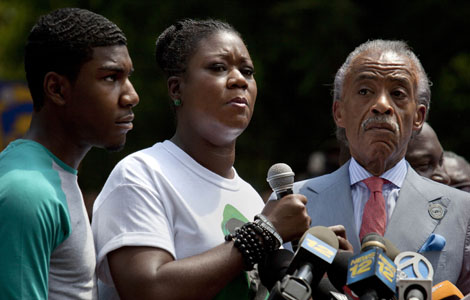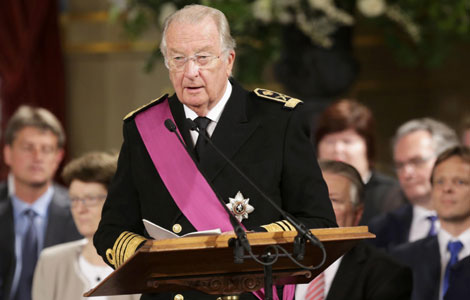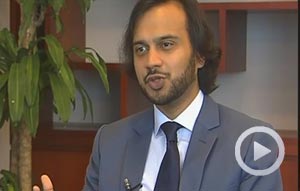Documentary clicks capture richness of New China
Updated: 2013-07-22 23:18
By Sun Ye (China Daily)
|
||||||||
In 1949, there were perhaps 100 Chinese who could get their hands on a camera. In the 1960s, there were fewer than 2,000. Today, about 100 million in the country have top equipment.
But accessibility is only one reason why veteran photographers claim that now it's the best time for documentary photography. For them, this era is such a gold mine of material that they simply can't wait to click the shutter.
This is the collective perspective of Country of Images, a book of interviews with the nation's most influential photographers and critics. The volume of visually kept notes, chronicling the past six decades of the country's radical changes, was launched mid-July.
The interviews also give a picture of how photography has evolved in the quickly morphing society.
The book opens with Sha Fei, who documented a warring China in black-and-white. The photographer, hailed as the Asian Robert Capa, considered the camera his weapon against enemies.
When New China was first founded, photographers felt a heavy Soviet influence — posing was common and "presenting the bright side of life" was the norm.
"I once asked the farmers to dress up for a shoot in the field," recalls Weng Naiqiang, who was then a reporter with the magazine People China.
"But my Japanese readers complain: who would wear terylene (polyester) to do farm work?"
"That's how good intentions sour," reminisces Weng, a returned overseas Chinese who also documented the "cultural revolution" (1966-76).
So photographers, back then mostly mission-laden reporters, began to probe their own expressive ways.
Instead of zooming in on the grand and magnificent, they started to take note of small and individual objects — like cabbages every household kept on balconies in winter.
Back then, each family had a quota for the allotted vegetable. "That's how the planned economy worked," Weng recalls.
Photographers set up photography associations on their own, including the April Film Association that stressed down-to-earth ideas of nature, society and man.
"There is a sudden outburst of great photos that are truthful, emotional and powerful beginning from the 1980s," says Chen Xiaobo, senior photo editor with Xinhua news agency.
"From then on, resourceful, thoughtful and creative photographers flourish. That's one great thing the changing times bring."
"We have so much more creative freedom now," Jin Bohong, one founder of the April Film Association, is quoted in the book. "When we were young, we didn't even have proper cameras. Now we can afford quality ones."
"Now it's the best time for photography without a doubt," Ling Fei, who formerly worked for Le Monde, says in the book.
"Especially for documentary photography, this period of time is like a treasure hunt. We have unlimited subjects now that the society is going through vehement changes."
The challenge of "the best time" is this: "Photography is difficult precisely because it's so easy," says Wang Wenlan, vice-president of the China Photographers Association and a veteran photographer with China Daily.
"We should always question ourselves, how can a photo survive the grinding wheels of time?"
Most Viewed
Editor's Picks
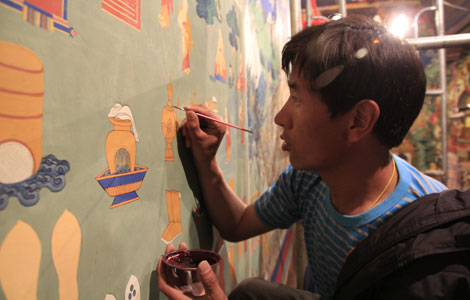
|

|

|
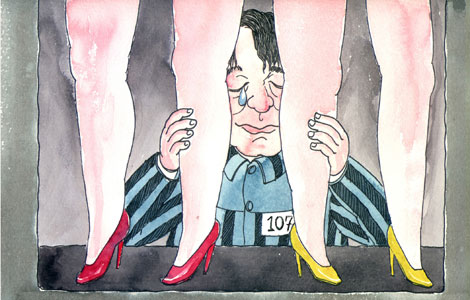
|

|

|
Today's Top News
Quake in NW China kills 89, injures 700
US blacks, whites split on Zimmerman verdict: poll
Kissinger and Jiang see bright future for relations
China sees no major forex withdrawal: regulator
Business holds up for Minmetals arm
Beijing knife attack leaves one dead
Kate gives birth to a baby boy
ROK-DPRK industrial park talks end
US Weekly

|

|
